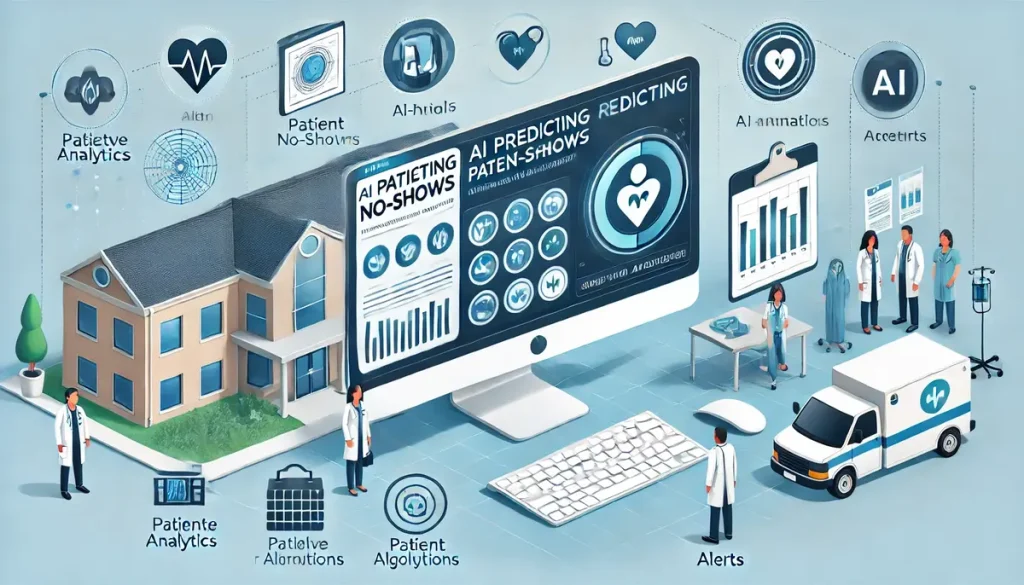Missed medical appointments, commonly referred to as “no-shows,” significantly impact healthcare providers, leading to revenue loss and operational inefficiencies. These missed appointments disrupt the scheduling flow, waste resources, and can negatively affect patient care. Understanding and predicting no-shows is crucial for optimizing healthcare delivery.
AI tools offer a sophisticated approach to predicting no-shows, allowing providers to take proactive measures. By analyzing historical data and patient behaviors, these tools can forecast the likelihood of a patient missing their appointment. This enables healthcare providers to implement strategies to reduce missed appointments, thereby improving efficiency and patient engagement.
In blog article, we will compare the top 10 AI no-show prediction tools for 2024. We will evaluate their key features, accuracy, and pricing to help you choose the best solution for your needs.
Read More: AI Symptom Checkers: Accuracy, Pros & Cons
Overview of AI No-Show Prediction Tools
AI no-show prediction tools utilize machine learning algorithms to analyze patient data and predict the likelihood of missed appointments. These tools can process vast amounts of data, including past appointment histories, demographic information, and other relevant factors, to generate accurate predictions.
Benefits of Using AI for No-Show Prediction
- Improved Accuracy: AI tools can predict no-shows with a high degree of accuracy, allowing providers to take targeted actions.
- Operational Efficiency: By reducing no-shows, healthcare providers can optimize their scheduling and resource allocation.
- Enhanced Patient Engagement: Proactive outreach to patients predicted to miss their appointments can improve overall patient satisfaction and adherence to care plans.
Top 10 AI No-Show Prediction Tools for 2024
Benefits and Drawbacks of AI No-Show Prediction Tools
Advantages
- Accurate Predictions: AI tools provide reliable predictions, allowing for better scheduling and resource management.
- Real-Time Insights: Immediate access to data-driven insights helps healthcare providers make informed decisions.
- Improved Patient Experience: Engaging with patients proactively reduces no-shows and enhances patient satisfaction.
Disadvantages
- Data Quality Issues: The accuracy of predictions depends on the quality of the data input.
- Implementation Challenges: Integrating AI tools with existing systems can be complex and require significant effort.
- Cost: The initial investment and ongoing costs may be a concern for some healthcare providers.
Conclusion
AI tools play a crucial role in predicting no-shows, helping healthcare providers reduce missed appointments and optimize their operations. The tools discussed offer various features and benefits that can significantly improve patient engagement and operational efficiency.
Choosing the right AI tool is essential for reducing no-shows and enhancing the overall efficiency of healthcare operations. The tools compared in this article provide a range of options to suit different needs and budgets

